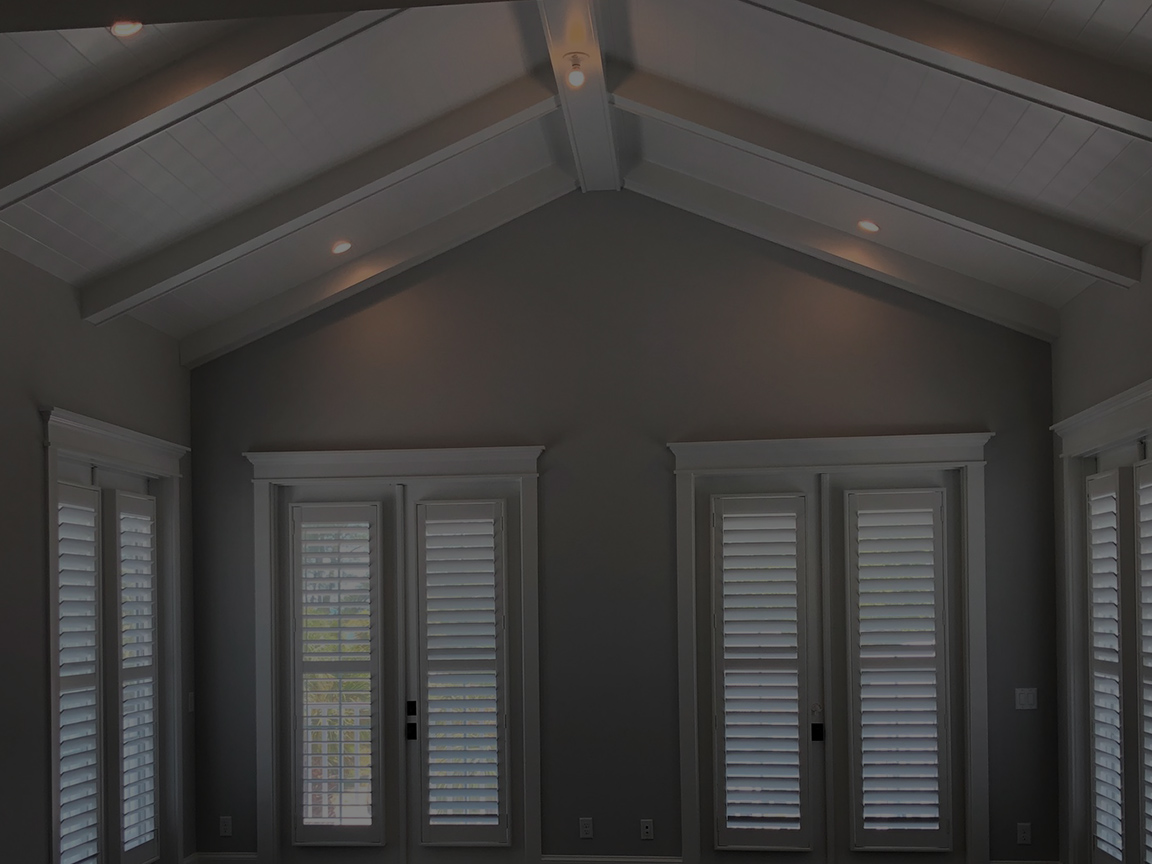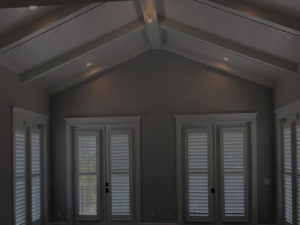
 Like many other types of goods, shutters and blinds have various types of quality that are dependent on the manufacturing process and the materials that are being used to make them. Many people consider low-budget blinds because they are cheaper alternatives to some high-quality blinds, curtains and window shutters. But when it comes to low-budget blinds, Lutz residents might not be aware of some features that are common characteristics of a bad product. When compared to high quality window shutters, low-budget blinds can be more of a hazard for homeowners than they might expect.
Like many other types of goods, shutters and blinds have various types of quality that are dependent on the manufacturing process and the materials that are being used to make them. Many people consider low-budget blinds because they are cheaper alternatives to some high-quality blinds, curtains and window shutters. But when it comes to low-budget blinds, Lutz residents might not be aware of some features that are common characteristics of a bad product. When compared to high quality window shutters, low-budget blinds can be more of a hazard for homeowners than they might expect.
What Low-budget Blinds are Made of
One of the biggest ways that blind manufacturers are able to create window blinds for so cheap is because of the main materials that they use to make them. In order to keep the cost small for low-budget blinds, Lutz residents need to understand that most blinds are made from cheap plastic or a synthetic polyester fabric that is easy to produce in mass quantities. Just because a manufacturer is able to make something cheaper and more efficiently does not mean it is a superior product. For example, these plastic materials cause many environmental issues during the manufacturing process that many homeowners are not aware of when they are buying their low budget blinds.
Low-budget Blinds have Cheap Parts
Apart from the plastic material used to make window blinds, there is also a problem with the other pieces and materials used to make functional low-budget blinds. Lutz residents might commonly see blinds that operate on a chain and pulley system to open, and rotate the blinds. These materials can break easily if someone is not careful, and they pose a serious choking hazard in some instances to small animals and children. When compared to high quality window shutters, low-budget blinds can be dangerous in specific situations that are not issues for homeowners that choose to spend a little more money up front and get some plantation shutters for their home.
*Disclaimer: The views expressed here are those of the authors and do not necessarily represent or reflect the views of Shutter Professionals*

